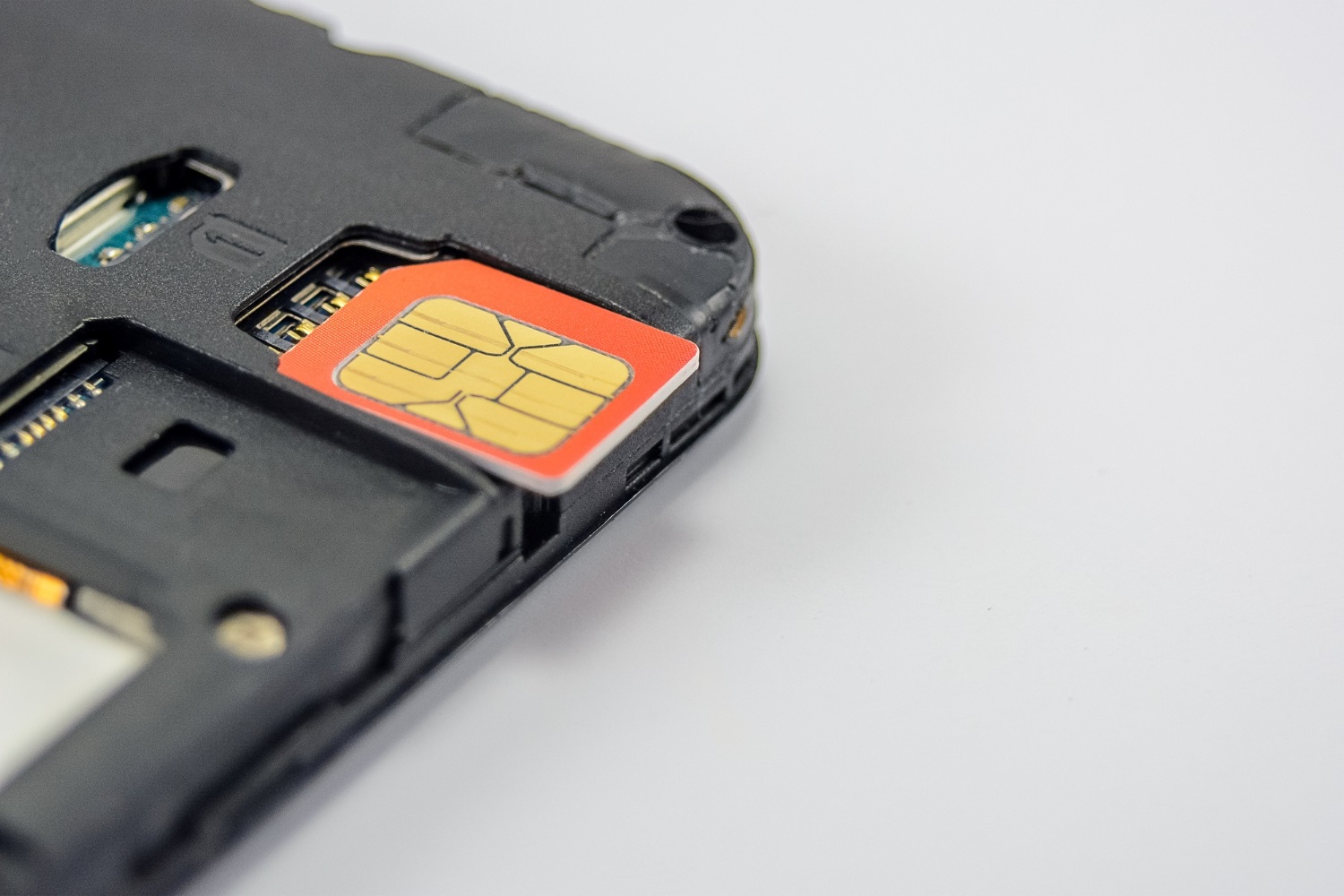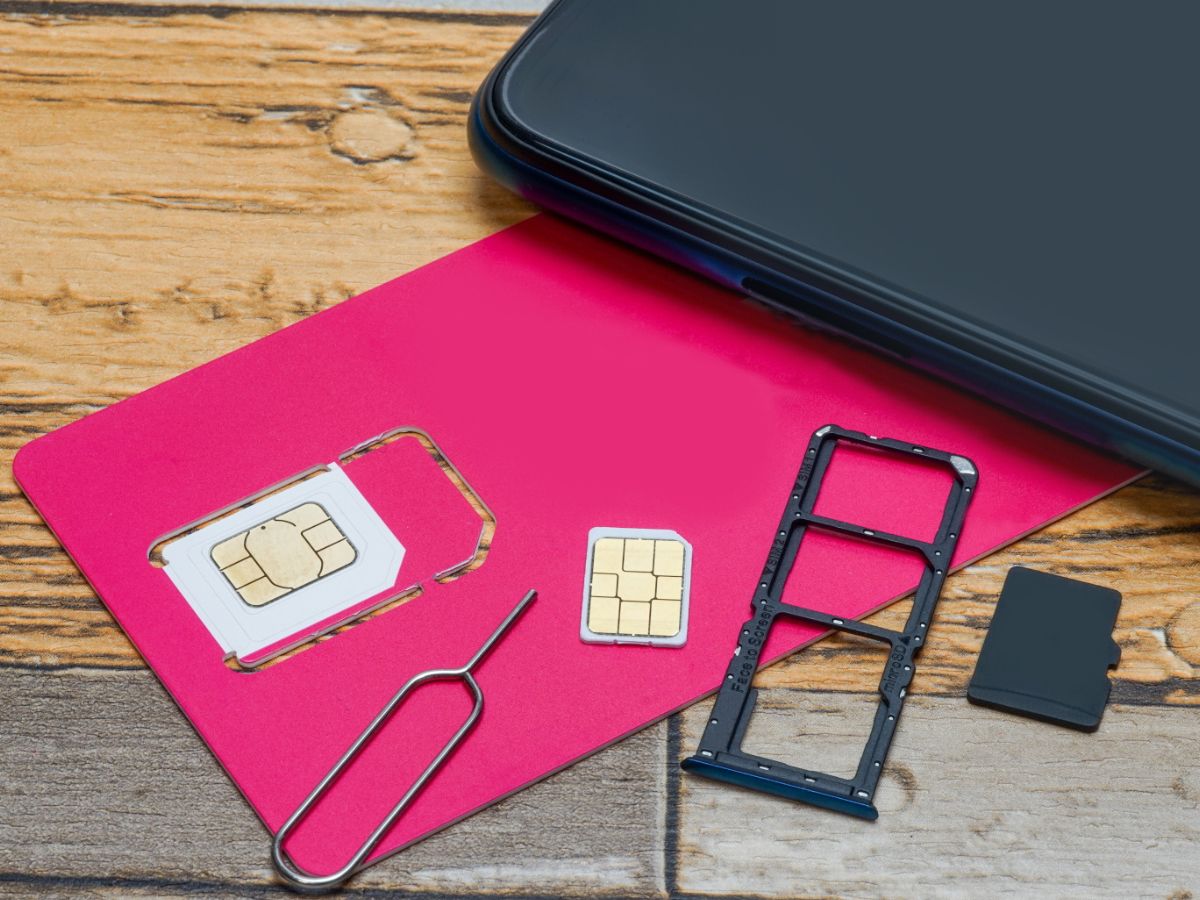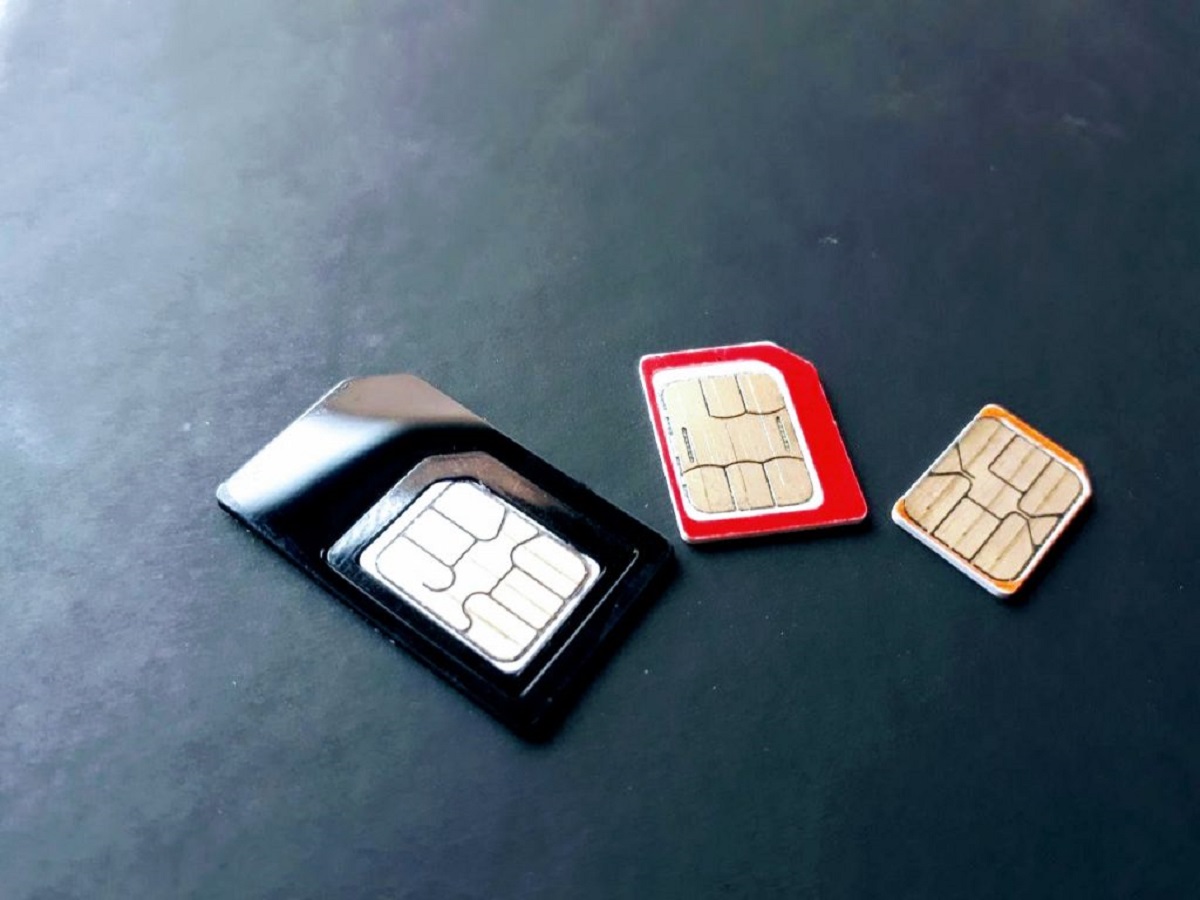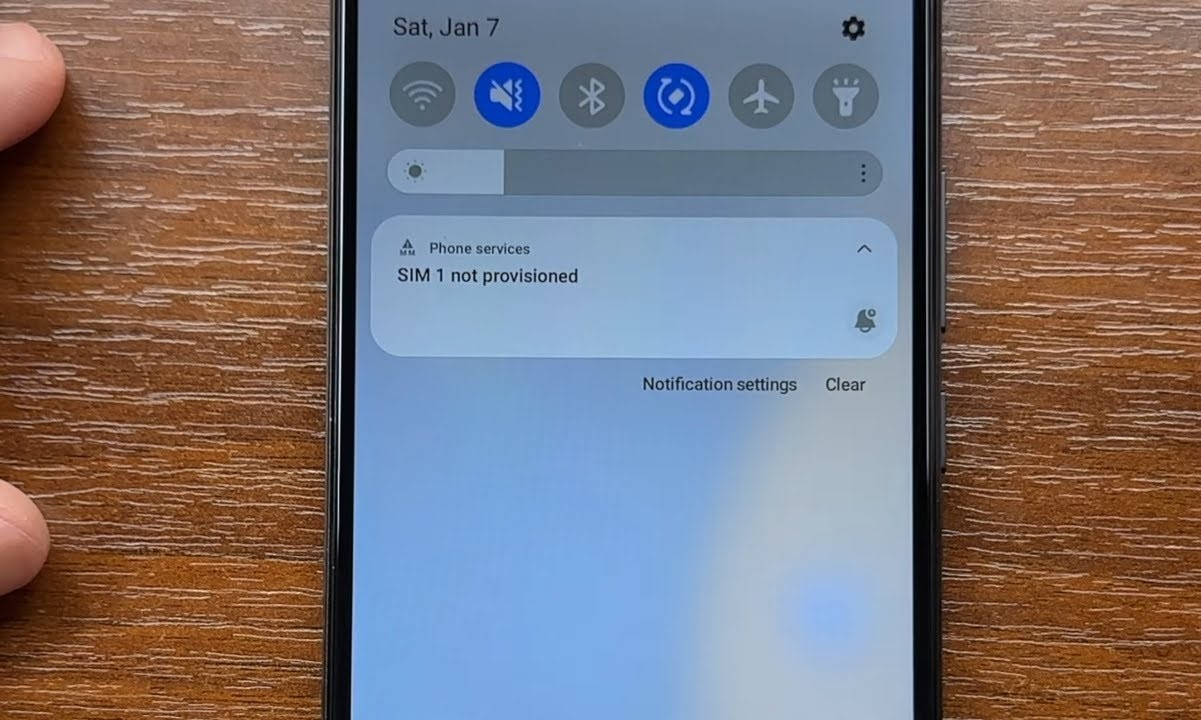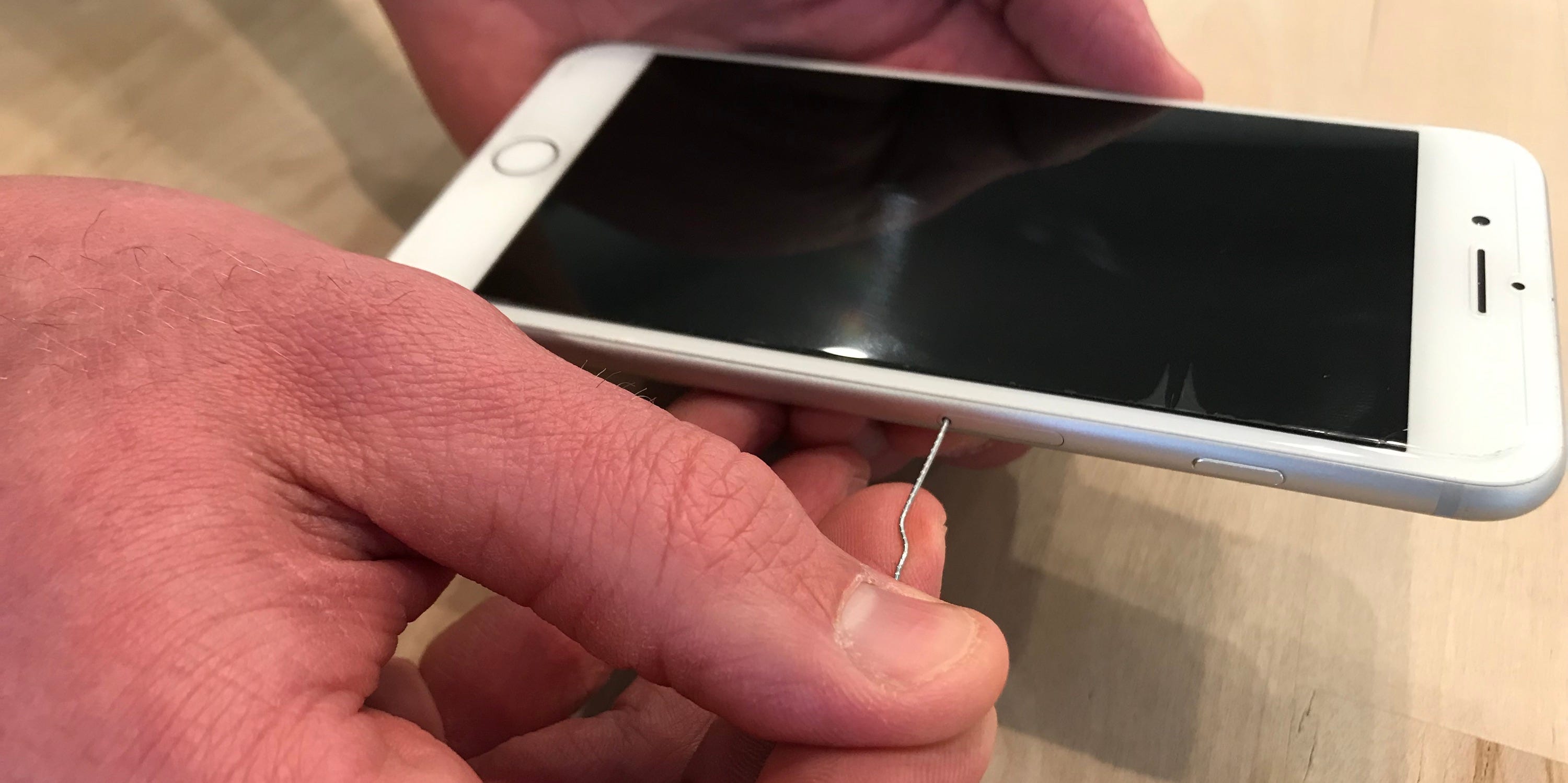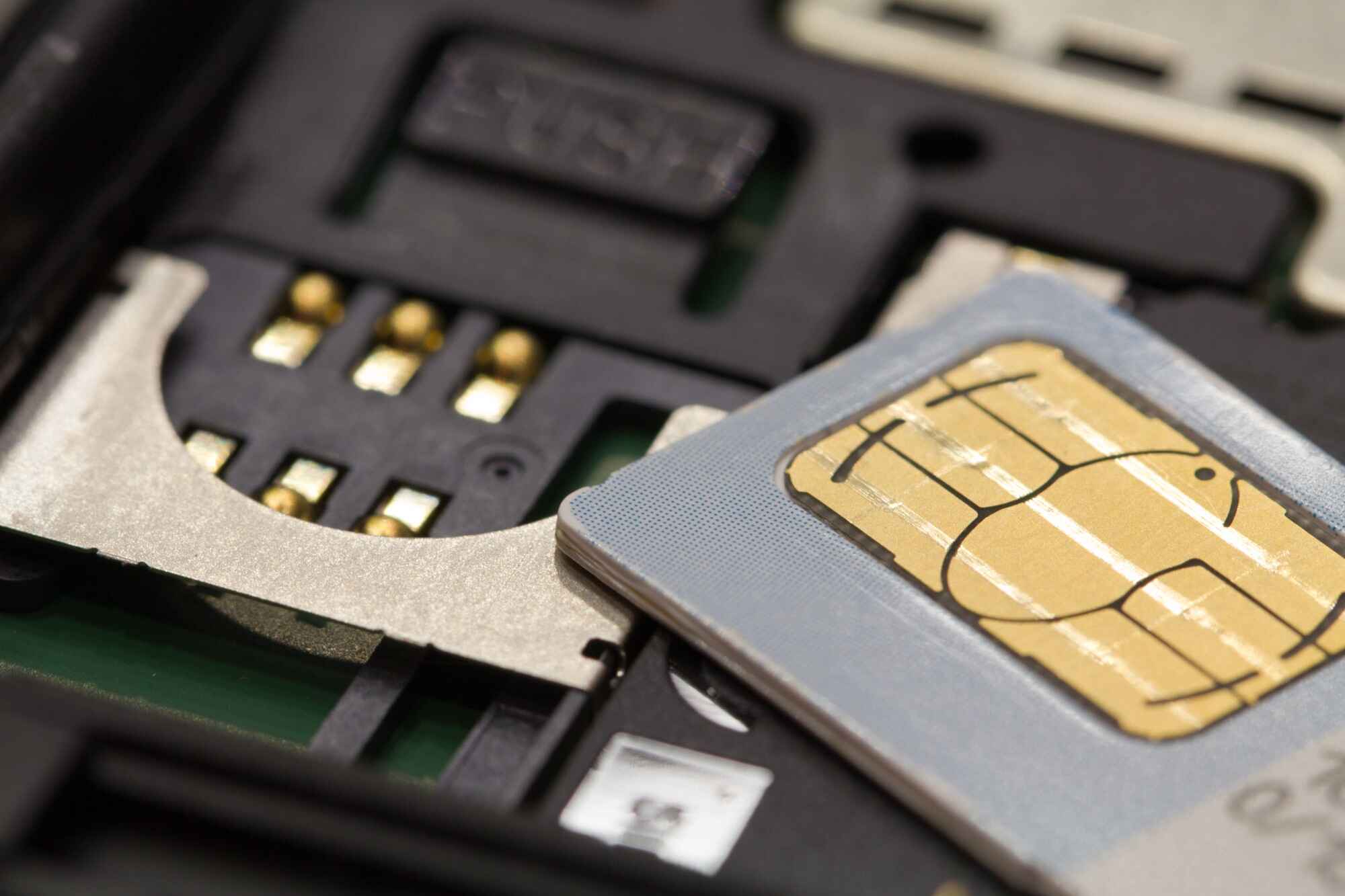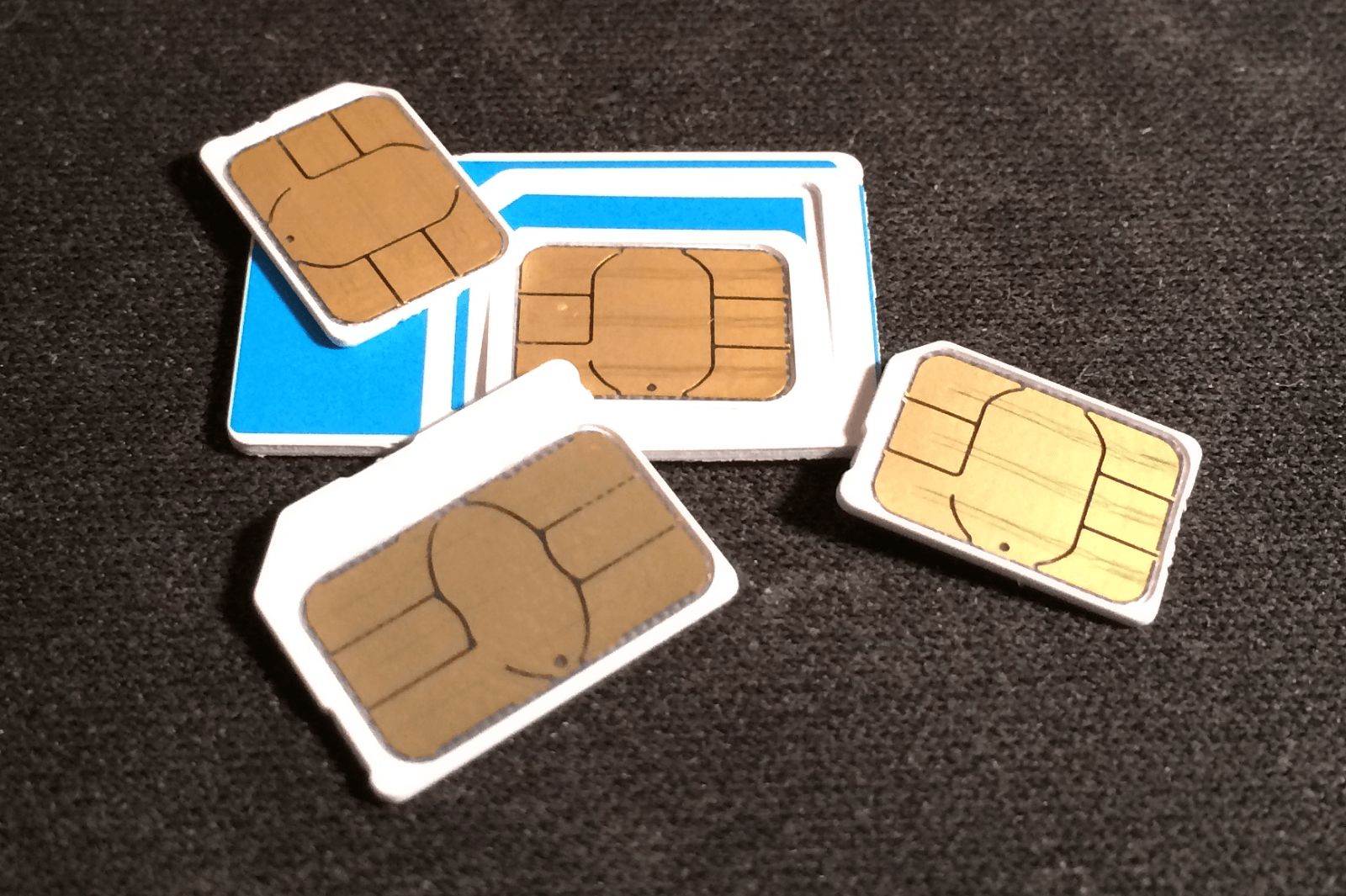Check your SIM card status
Before diving into the process of reactivating your SIM card, it's crucial to begin by checking its current status. This step is essential to ensure that the SIM card is indeed inactive and needs reactivation. Here's how you can go about checking your SIM card status:
-
Insert the SIM card: The first step is to locate your mobile device's SIM card slot and insert the SIM card if it's not already in place. Most modern smartphones have a designated slot for the SIM card, typically located on the side of the device. Once you've inserted the SIM card, proceed to power on your device.
-
Check for network connectivity: After your device has powered on, observe the signal bars or network indicator on the screen. If the SIM card is active and functioning properly, you should see the network indicator displaying the name of your mobile service provider or showing the signal bars indicating the strength of the cellular signal.
-
Attempt a phone call or send a text message: To further verify the status of your SIM card, try making a phone call or sending a text message to a known contact. If the call goes through and you can successfully send and receive text messages, it's a clear indication that your SIM card is active and operational.
-
Check SIM card settings: In some cases, you may need to navigate to the settings menu on your mobile device to access the SIM card settings. Here, you can find information about the SIM card status, including whether it's active or inactive. This can provide additional confirmation regarding the current status of your SIM card.
By following these steps, you can effectively determine the status of your SIM card and ascertain whether it requires reactivation. If you find that your SIM card is indeed inactive, it's time to move on to the next steps to initiate the reactivation process.
Contact your service provider
Once you have confirmed that your SIM card is indeed inactive and requires reactivation, the next crucial step is to reach out to your mobile service provider. Your service provider is the primary entity responsible for managing and overseeing the activation and deactivation of SIM cards, making them the key point of contact for resolving any related issues.
Here's how you can effectively engage with your service provider to initiate the reactivation process:
-
Gather Essential Information: Before contacting your service provider, it's advisable to gather essential information related to your account and SIM card. This may include your account details, such as your mobile number, account PIN, and any relevant identification documents. Having this information readily available can streamline the reactivation process and ensure that you can provide the necessary details to the service provider.
-
Customer Support Channels: Most mobile service providers offer multiple channels for customer support, including phone hotlines, online chat support, and physical retail locations. Determine the most convenient and accessible channel for reaching out to your service provider. If you prefer direct communication, placing a call to the customer support hotline can be an efficient way to connect with a representative who can guide you through the reactivation process. Alternatively, utilizing online chat support can provide real-time assistance without the need for a phone call.
-
Explain the Situation: When you connect with a customer support representative, clearly explain the situation regarding your inactive SIM card. Provide details about when the SIM card became inactive and any relevant circumstances that may have led to its deactivation. Additionally, be prepared to verify your identity and account ownership to comply with security protocols.
-
Follow Instructions: The customer support representative will likely guide you through the reactivation process, which may involve entering specific codes, updating account information, or performing a remote activation procedure. It's important to carefully follow the instructions provided by the representative to ensure a successful reactivation of your SIM card.
-
Seek Clarifications: If you encounter any challenges or require further clarification during the reactivation process, don't hesitate to seek additional information from the customer support representative. Understanding the steps involved in reactivating your SIM card can help you navigate the process with confidence and address any potential issues effectively.
By engaging with your service provider and following these steps, you can effectively initiate the reactivation of your SIM card and restore its functionality. Once the reactivation process is complete, you can proceed to test your SIM card to confirm that it is fully operational.
Remember, proactive communication with your service provider can expedite the reactivation process and ensure a seamless experience as you restore connectivity to your mobile device.
Reactivate your SIM card
Upon confirming the inactive status of your SIM card and engaging with your service provider, the next critical step is to proceed with the reactivation process. Reactivating your SIM card involves a series of specific actions and procedures to restore its functionality and enable seamless connectivity. Here's a detailed guide on how to effectively reactivate your SIM card:
-
Follow Provider's Instructions: After contacting your service provider, they will provide you with detailed instructions on how to reactivate your SIM card. This may involve entering specific codes, updating account information, or performing a remote activation procedure. It's essential to carefully follow the instructions provided by the representative to ensure a successful reactivation of your SIM card.
-
Enter Activation Codes: In some cases, your service provider may issue activation codes that need to be entered into your mobile device to initiate the reactivation process. These codes are designed to trigger the activation of the SIM card and restore its connectivity. Follow the instructions provided by the representative to input the activation codes accurately.
-
Update Account Information: As part of the reactivation process, you may be required to update certain account information, such as contact details or billing information. This ensures that your account is up to date and aligned with the reactivated SIM card. Be prepared to provide any necessary updates or verification details as instructed by your service provider.
-
Remote Activation: Depending on the capabilities of your mobile service provider, they may initiate a remote activation process to reactivate your SIM card. This can be done through their network systems, enabling the SIM card to regain functionality without requiring manual intervention on your part. Follow any specific guidelines provided by the representative to facilitate the remote activation process.
-
Confirmation of Reactivation: Once you have completed the reactivation process as instructed, it's important to verify that the reactivation was successful. This can be done by observing the network indicator on your mobile device, checking for signal bars, and attempting to make a phone call or send a text message. If the SIM card is successfully reactivated, you should experience restored connectivity and functionality.
-
Troubleshooting Assistance: If you encounter any challenges during the reactivation process or experience issues with restored connectivity, promptly reach out to your service provider for troubleshooting assistance. They can provide further guidance and support to address any lingering issues and ensure that your SIM card is fully operational.
By diligently following the reactivation instructions provided by your service provider and completing the necessary steps, you can effectively restore your SIM card to an active state, enabling you to resume seamless communication and mobile connectivity. Reactivating your SIM card marks a pivotal milestone in resolving the inactive status and reestablishing the essential functionality of your mobile device.
Test your SIM card
After successfully completing the reactivation process for your SIM card, it's imperative to proceed with thorough testing to ensure that the reactivation was indeed successful. Testing your SIM card involves a series of checks and verifications to confirm that it is fully operational and capable of facilitating seamless communication and connectivity. Here's a comprehensive guide on how to effectively test your SIM card:
-
Network Connectivity: Begin by observing the network indicator on your mobile device. Upon reactivation, the network indicator should display the name of your mobile service provider or show the signal bars indicating the strength of the cellular signal. A stable network indicator signifies that the SIM card has established connectivity with the mobile network.
-
Incoming and Outgoing Calls: Test the functionality of your SIM card by making an outgoing call to a known contact. Ensure that the call connects promptly and that you can engage in a clear conversation without any disruptions. Additionally, ask a friend or family member to place a test call to your number to verify that incoming calls are successfully reaching your device.
-
Text Messaging: Send a text message to a trusted contact to confirm that the SMS functionality of your SIM card is fully operational. Likewise, request a test message to be sent to your number to ascertain that incoming messages are being received without any delays or issues.
-
Mobile Data Connectivity: If your mobile plan includes data services, activate mobile data on your device and verify that you can access the internet, browse websites, and use online applications. A seamless data connection indicates that the SIM card is capable of facilitating mobile data services effectively.
-
Roaming and International Usage: If you frequently travel or require international connectivity, consider testing the SIM card's functionality in roaming scenarios or when accessing international networks. Confirm that the SIM card seamlessly transitions between networks and enables connectivity without encountering compatibility issues.
-
Additional Features: Depending on your mobile plan and device capabilities, test any additional features associated with your SIM card, such as voicemail, call forwarding, or mobile hotspot functionality. Ensure that these features operate smoothly and align with your expectations.
By meticulously conducting these tests, you can confidently verify the successful reactivation of your SIM card and confirm that it is fully operational across various communication and connectivity aspects. If any issues or anomalies are identified during the testing process, promptly reach out to your service provider for further assistance and troubleshooting to address any lingering concerns.
Testing your SIM card serves as a critical validation of the reactivation process, providing assurance that your mobile device is once again equipped to fulfill your communication needs effectively. With a fully functional and tested SIM card, you can seamlessly resume utilizing your mobile device for calls, messages, data services, and other essential communication functions.







